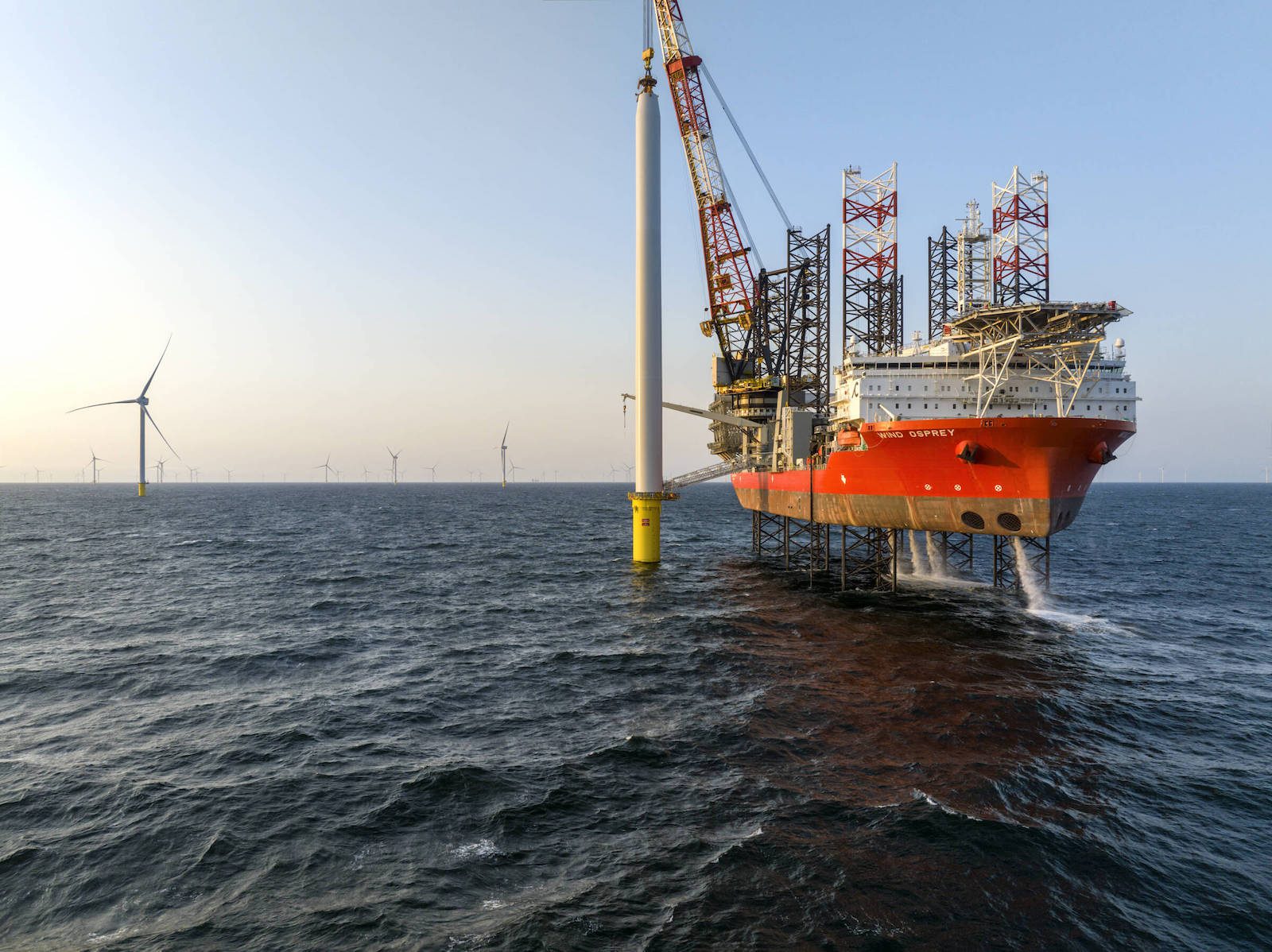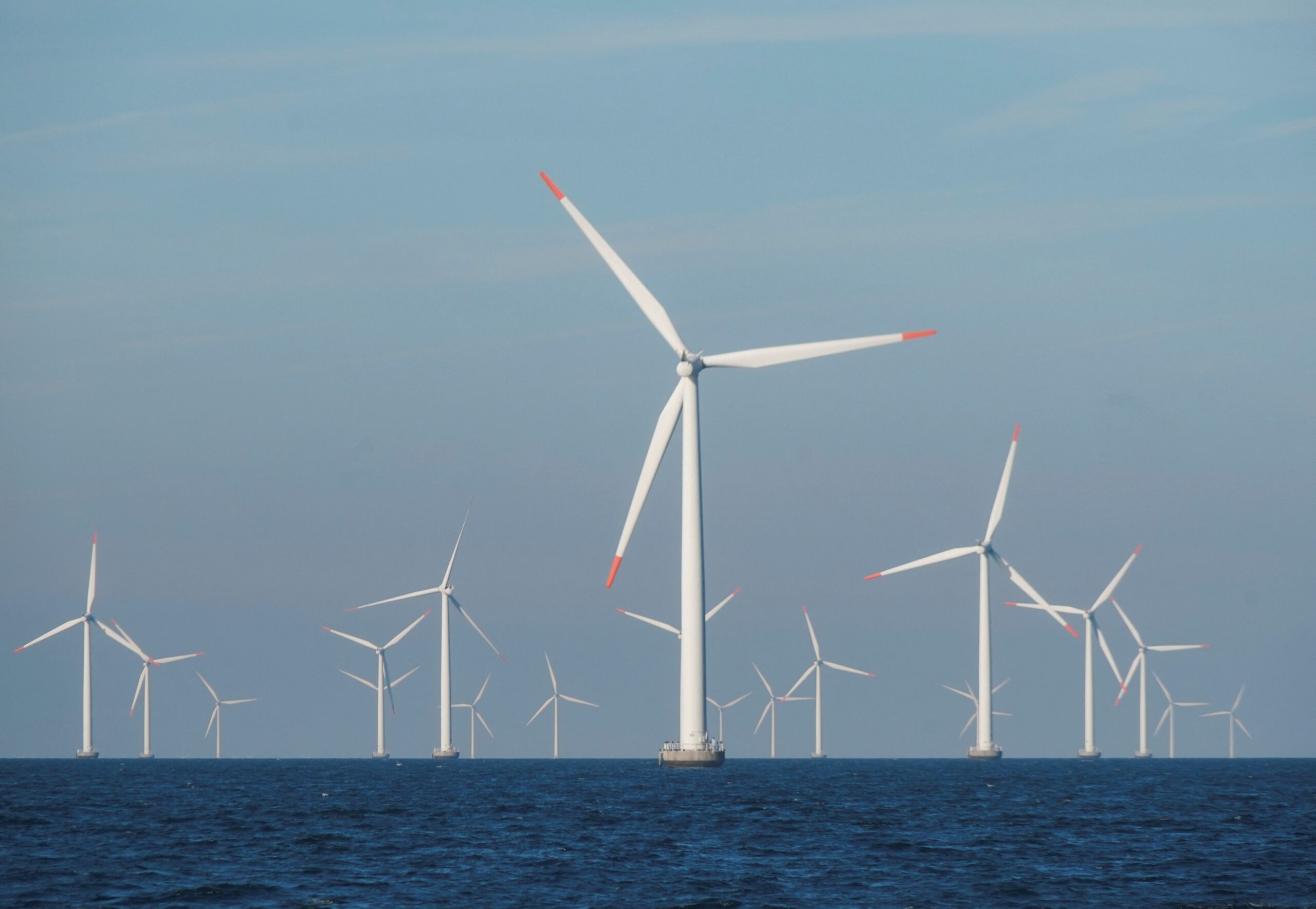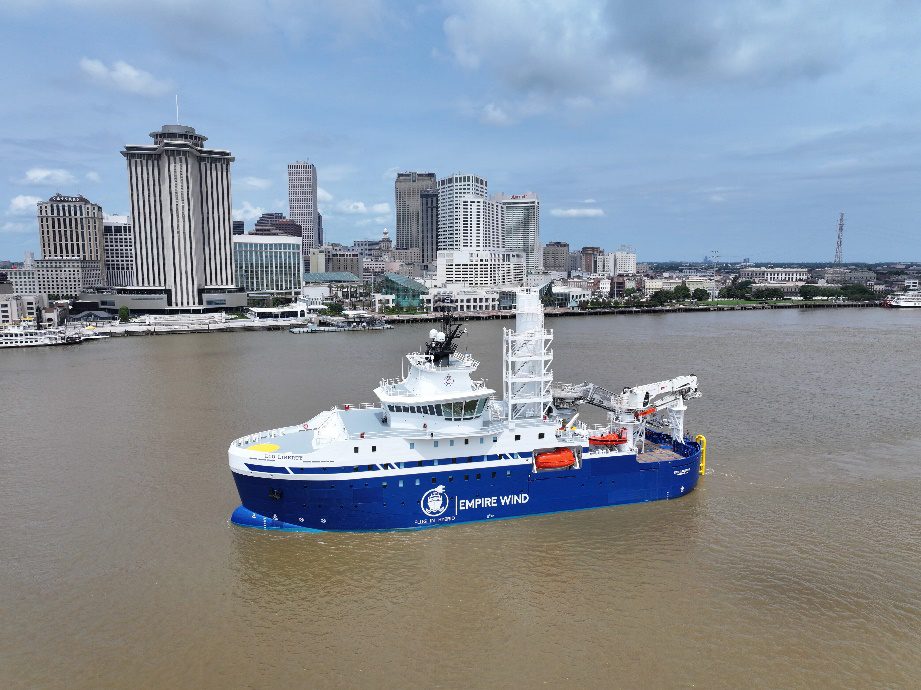The U.S. Department of Transportation’s (DOT’s) Maritime Administration (MARAD) has announced the designation of offshore wind vessels as Vessels of National Interest, a designation that is meant to catalyze more offshore wind construction and prioritizes project applications for review and funding through the Title XI Federal Ship Financing Program (Title XI).
The designation is likely to increase industry interest for the construction of wind vessels at U.S. shipyards.
The new action was announced last week to coincide with the Biden Administratin’s launching of the Federal-State Offshore Wind Implementation Partnership with 11 East Coast governors aimed at accelerating the growing offshore wind industry in the United States. As a first step, the White House and governors announced commitments on key elements of the offshore wind supply chain, among them designating offshore wind vessels as “Vessels of National Interest” in acknowledgement the critical importance of offshore wind vessels to the nation.
The Biden Administration has set a target of deploying 30 gigawatts of offshore wind power in U.S. waters by 2030.
Constructing these wind projects will require a range of specialized installation vessels that the United States currently lacks. A U.S. Government Accountability Office report issued in 2020 identified multiple challenges associated with constructing and using Jones Act-compliant vessels for offshore wind installations, notably that uncertainty about the timing of federal approval for projects has prevented the industry from making investment decisions.
The Jones Act, which requires vessels carrying “merchandise” between two points in the U.S. must be built and registered in the United States, is a critical component of the nation’s domestic offshore wind ambitions.
Offshore wind farm construction requires specific types of vessels—from specialized foundation installation vessels to scour protection, cable-laying, and jack-up wind turbine installations vessels (WTIV) costing $300 million to $500 million or more. With offshore wind developers planning to use some of the world’s biggest wind turbines in order to maximize energy product and reduce costs from projects, vessels will need to have sufficient capacity to handle the biggest wind turbine components.
While there are a few newbuild projects in the Jones Act fleet’s pipeline, such as Dominion Energy’s WTIV and Great Lakes Dredge & Dock’s rock installation vessel, the U.S. largely lacks the domestic capacity to meet industry demand. Although the GAO identified some ways developers can use foreign-vessels for certain offshore wind installation activities while still complying with the Jones Act, international these vessels are high demand as offshore wind deployment accelerates globally, threatening bottlenecks that could impact offshore wind development.
The Title XI program assists the domestic shipbuilding industry by providing financial support for U.S. shipyards to modernize facilities, build and retrofit vessels, and assist U.S. shipowners with purchasing new domestically-produced vessels. It can also provide a full faith and credit loan at longer terms and a lower interest rate than traditional private loans. To date, Title XI program has provided $9.3 billion in loan guarantees.
The Title XI statute was amended in 2019 to add the authority to designate Vessels of National Interest, a designation that is meant to inform and encourage shipbuilders and shipowners that DOT and MARAD will prioritize and expedite applications for loan guarantees.
“We’re excited that some American shipyards have already secured contracts to build vessels to service offshore wind developments,” said Maritime Administrator Ann Phillips. “By growing this industry, we further support essential offshore wind installations, and continue to add jobs and strengthen our important domestic industrial base, including our shipyards and shipbuilding industry.”
As of March 2022, the approximate subsidy available for Title XI was $35.5 million. According to MARAD, based on the average risk for projects MARAD previously guaranteed this amount of subsidy could support approximately $475 million in new loan guarantees.
“From modernizing our ports to investing in the U.S. shipbuilding industry to educating the next generation of mariners who will help advance these wind projects,” said Deputy Transportation Secretary Polly Trottenberg. “U.S. DOT is helping create both a strong domestic supply chain and a robust U.S. offshore wind industry to help bring costs down for American families and build a clean energy future.”

 Join The Club
Join The Club











